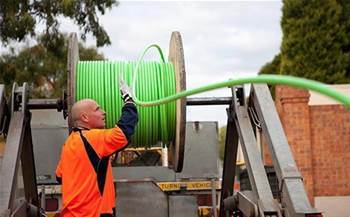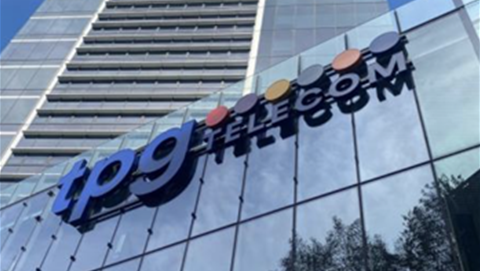NBN Co is hoping to almost double the number of subscribers it has on 100Mbps-plus plans in the next three years.
Much of this movement relies on narrowing the gap in price between its 50Mbps plans - currently the most popular - and 100Mbps services, in particular.
The proposed way of achieving this is by raising the cost of 50Mbps services, while simultaneously reducing the cost of 100Mbps plans and above - but it will require ACCC approval, which is far from guaranteed.
The net effect of the planned price changes, according to an analysis by TPG Telecom, would be convergence of 50Mbps and 100Mbps prices, potentially within a year.
NBN Co’s assessment is slightly more conservative, with an expectation that the “wholesale ‘premium’ between the 50/20 Mbps and 100/20 Mbps speed tiers [will reduce] to ~$5, [with] only $5-$10 wholesale price steps for higher speed offers.”
“The reduced size of the wholesale pricing steps across these speed tiers is expected to drive additional retail marketing activity and more robust retail competition for high-speed services, elevating the market perception of available NBN speeds and relative value proposition to consumers,” the company said.
Additionally, NBN Co wants to set prices so that it is more cost-effective for internet providers to serve users with 100Mbps services, compared to 50Mbps services.
To date, it has so far been hard to calculate what impact that would have on NBN Co’s speed tier mix.
A graph published by NBN Co at the end of last year was not sufficiently granular so as to enable that calculation to occur.
However, the company has now submitted a draft document called a ‘statement of pricing intent’ [pdf] to the ACCC, and this includes a detailed table showing exactly how NBN Co’s speed tier mix could change, if its pricing proposals are passed.
The company said it intends to “grow the proportion of TC-4 [broadband] services on access speeds of at least 100Mbps from 17 percent in FY22 to no less than 33 percent by FY26.”
The table suggests the proportion would increase to 34 percent.
Most of the increase is set to come from the current 50Mbps user base, which NBN Co forecasts will shrink from 60 percent of all non-satellite users in FY23 to 46 percent of users in FY26.
NBN Co will technically have a larger footprint capable of utilising speeds of at least 100Mbps by FY26, courtesy of a partial overbuild of its copper network with fibre, though progress of this build work remains unclear and difficult to track.
Elsewhere, the draft statement largely reiterates NBN Co’s concerns for its immediate future, including its ongoing challenge convincing low-usage and low-income users of the benefits of an NBN connection, compared to alternatives such as cellular services.
It also downplays the idea that NBN Co has an affordability problem.
Affordability is a key requirement imposed by the government in the new statement of expectations that NBN Co must adhere to.
But NBN Co claimed its own research shows that “as of July 2022, the average cost of an NBN service represents [around] 1.1 percent of average Australian household income, with more than 90 percent of households reporting that they are not concerned about the affordability of NBN Co’s services.”
The company may look to create a “wholesale data capped offer” aimed at low-usage customers, but it would have until mid-2024 to start consulting the industry about any proposal.




.png&h=140&w=231&c=1&s=0)
.jpg&h=140&w=231&c=1&s=0)
.jpg&h=140&w=231&c=1&s=0)




















